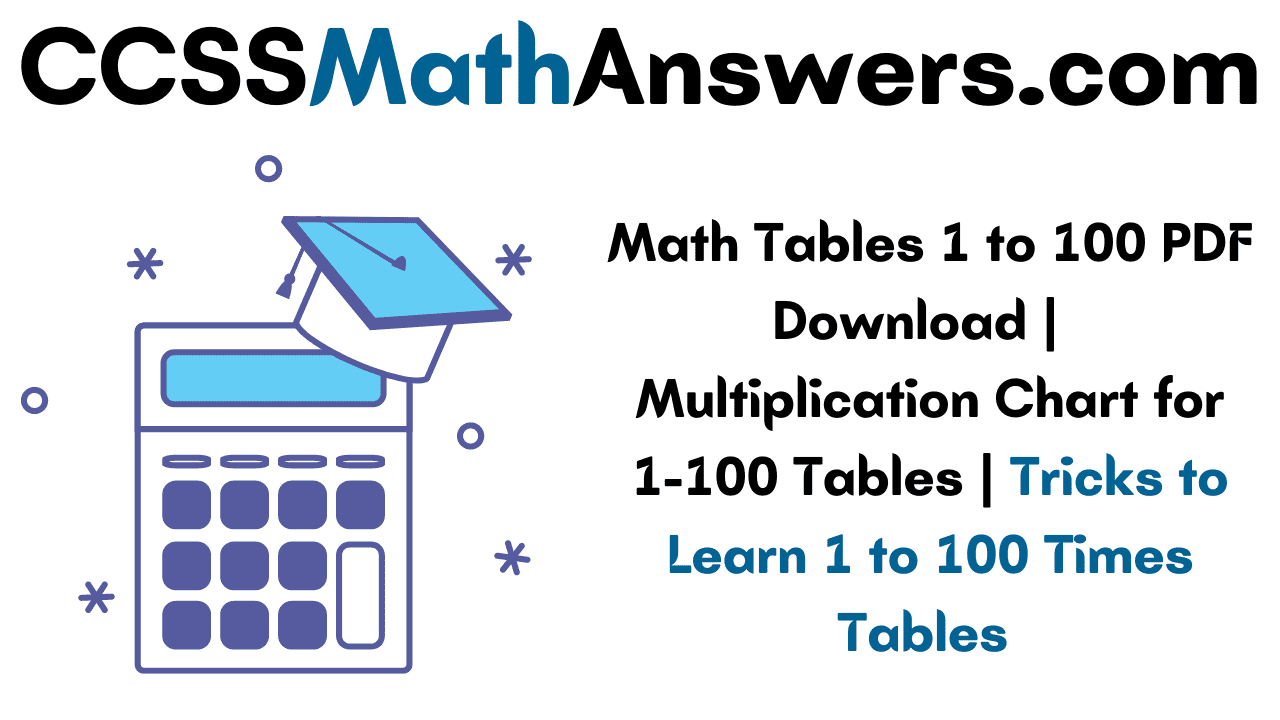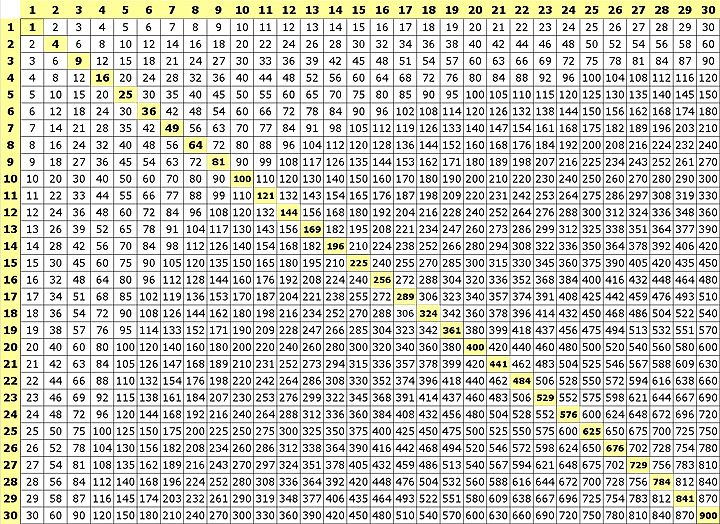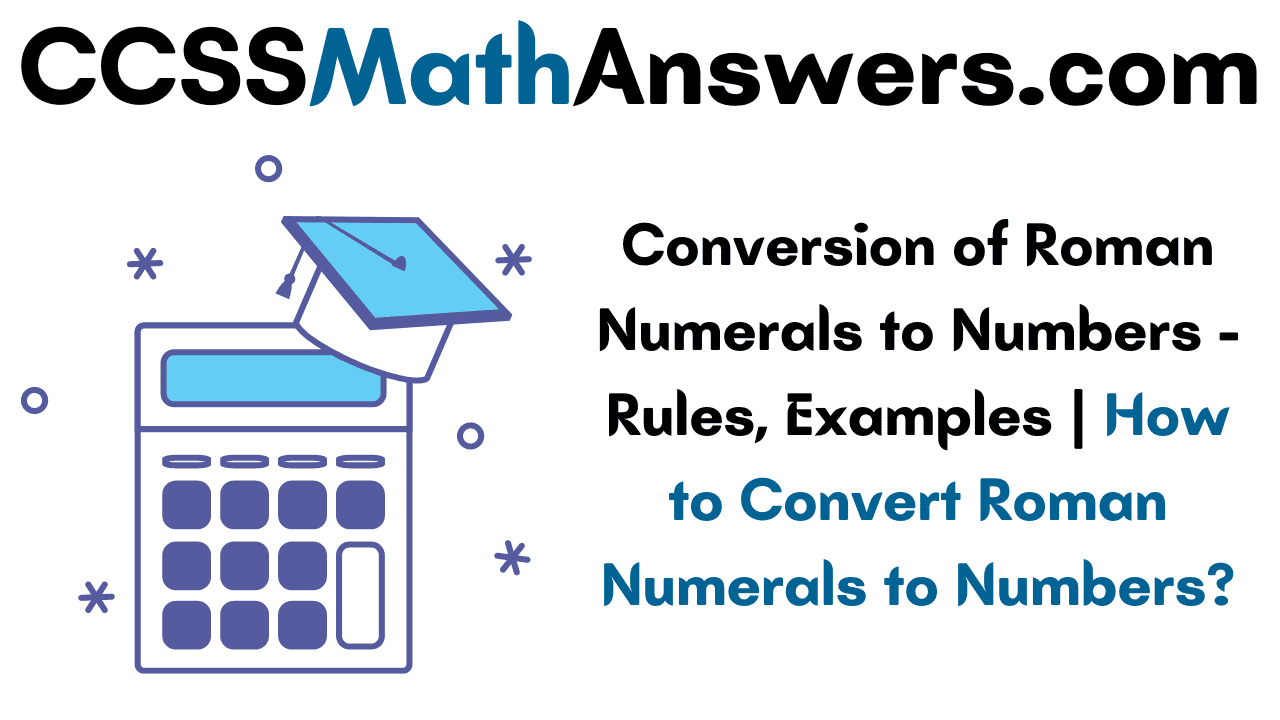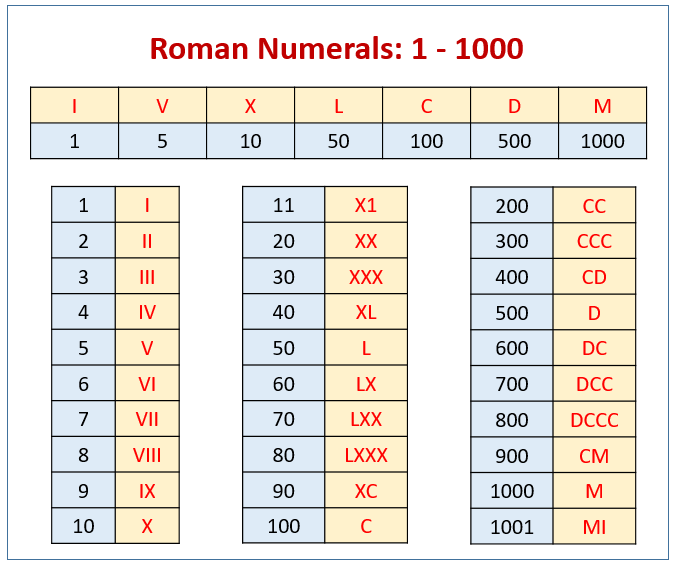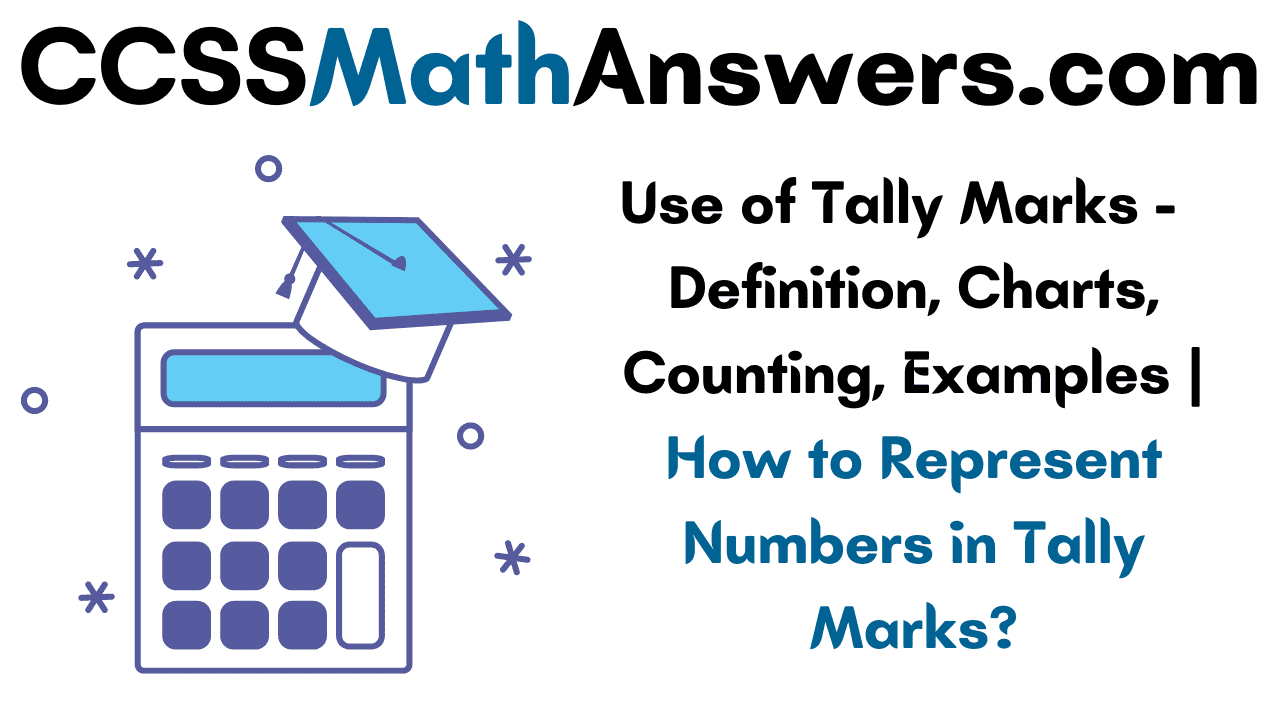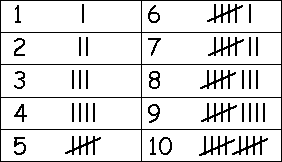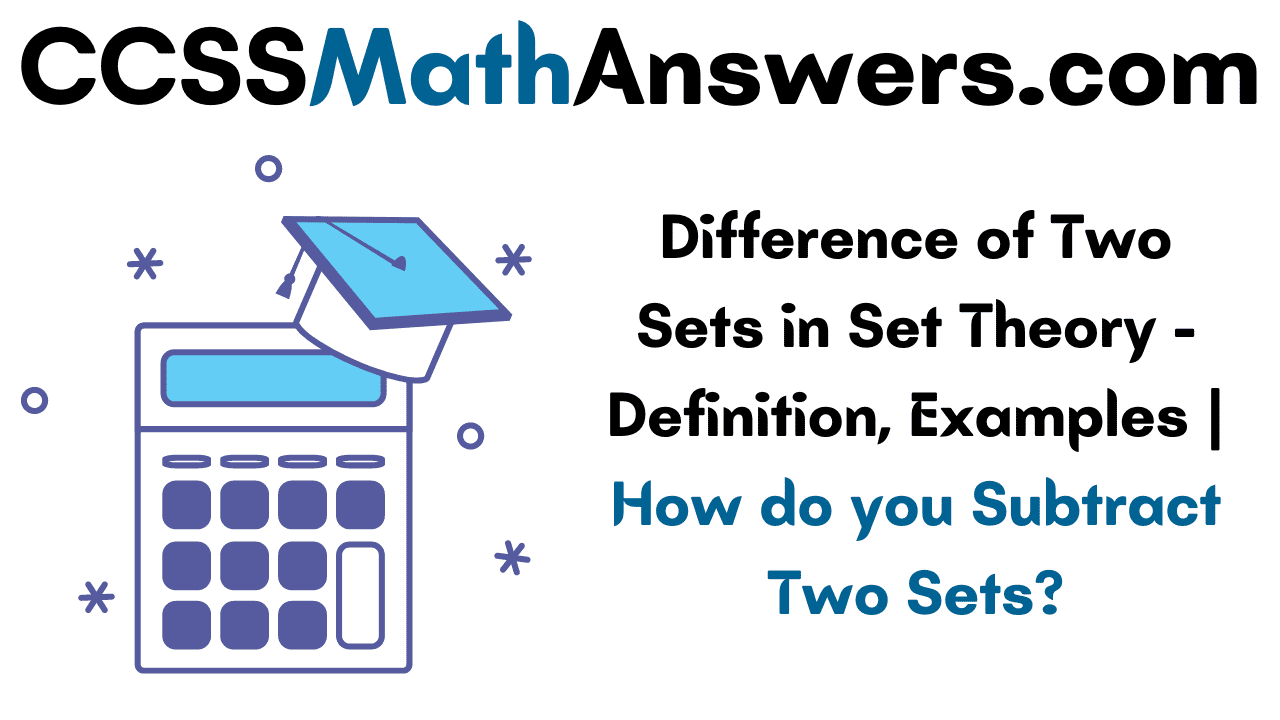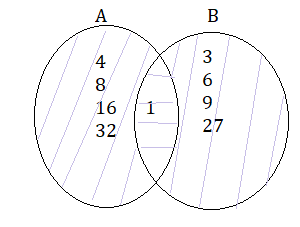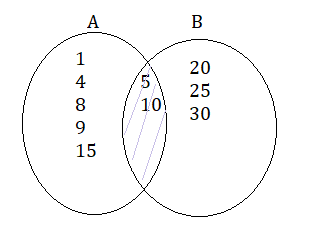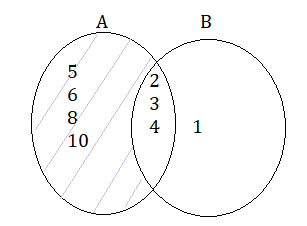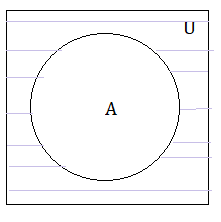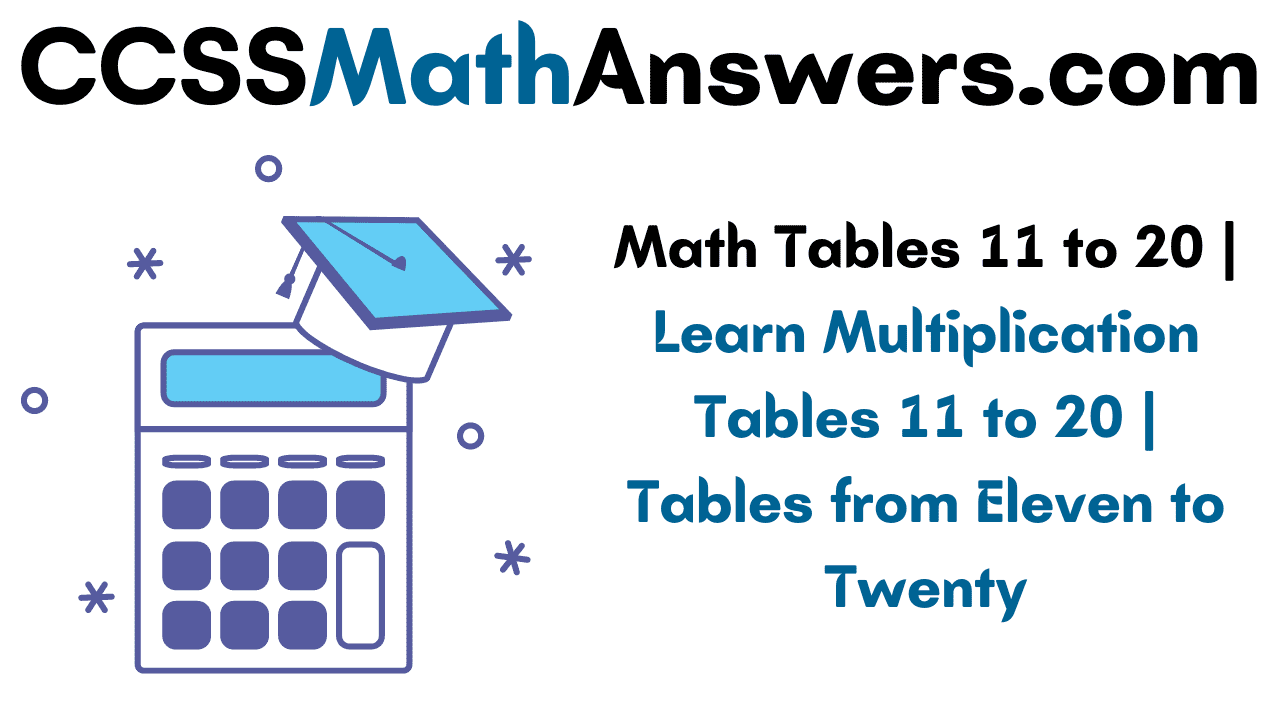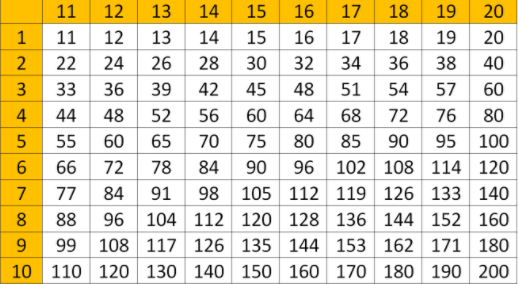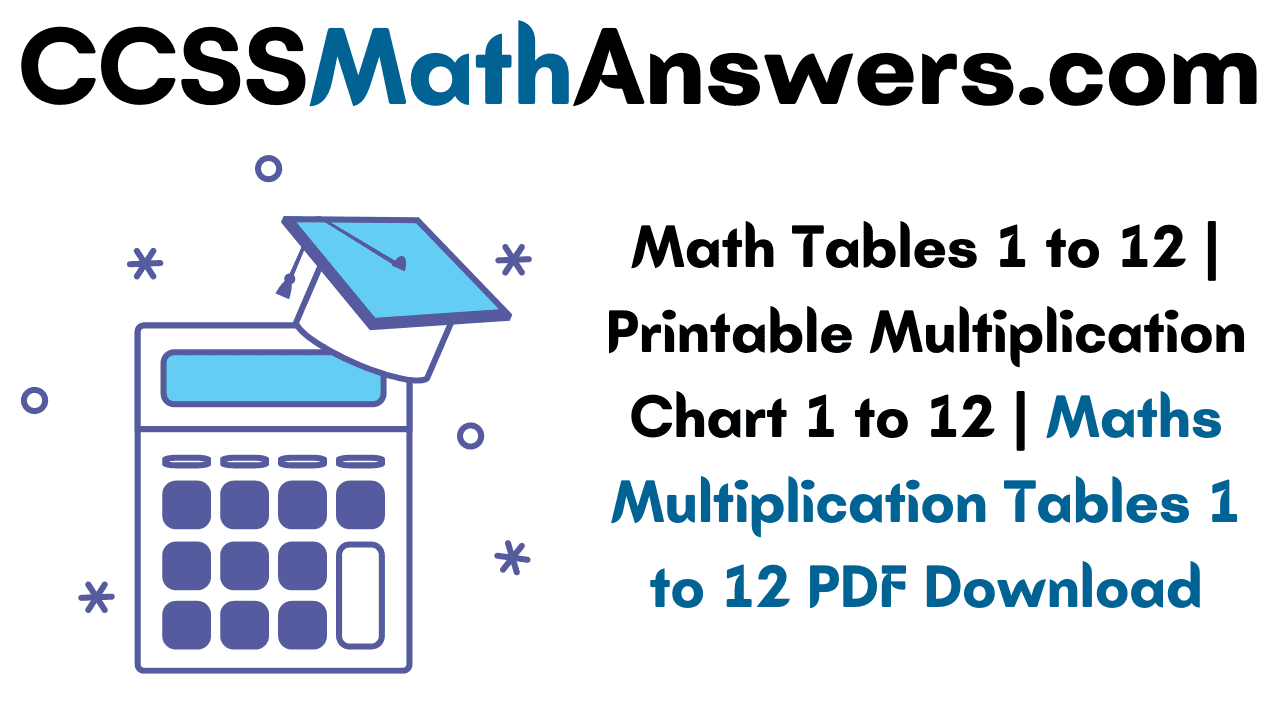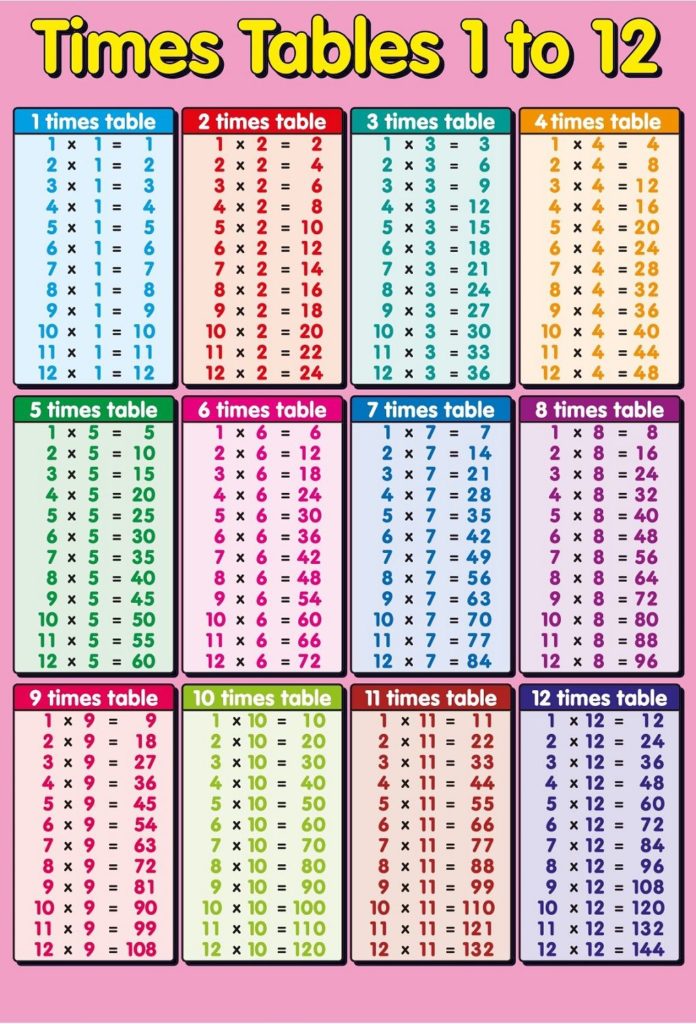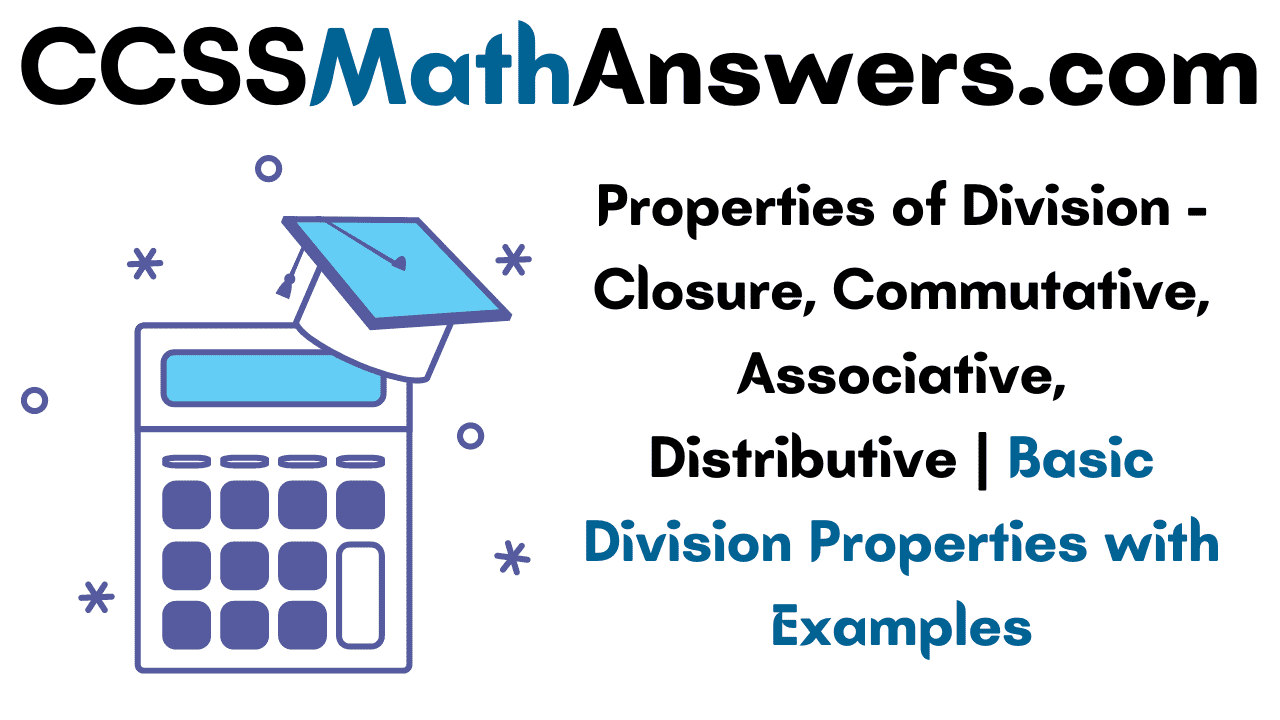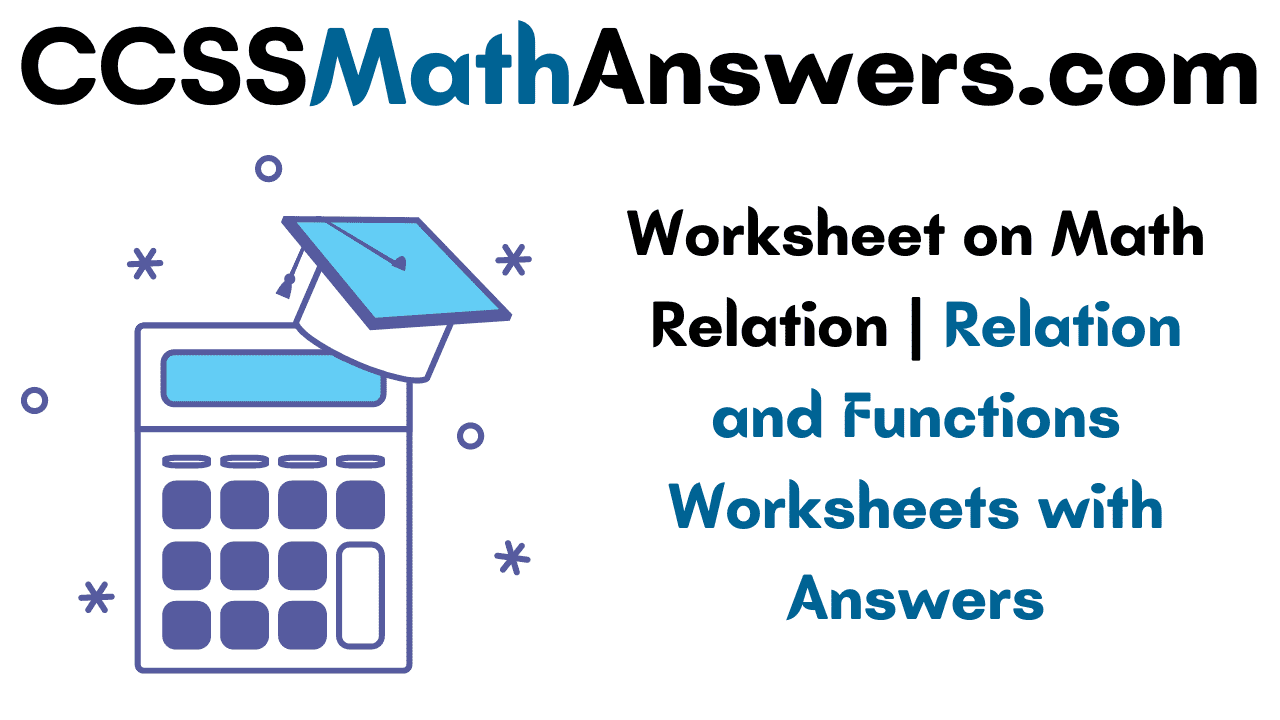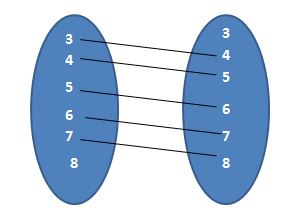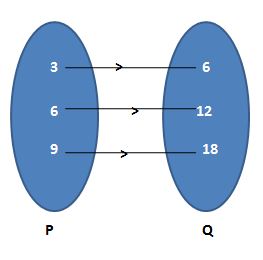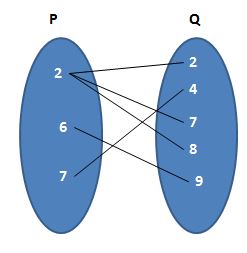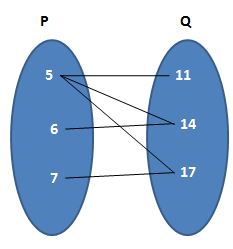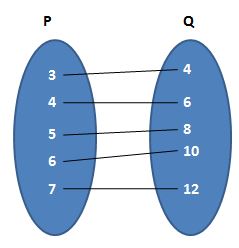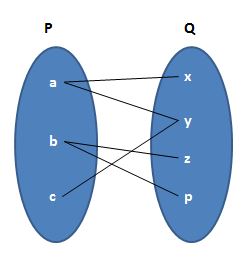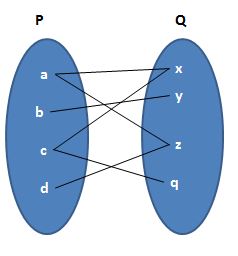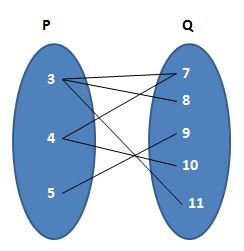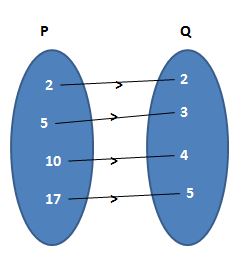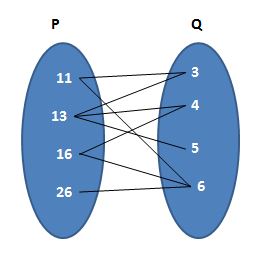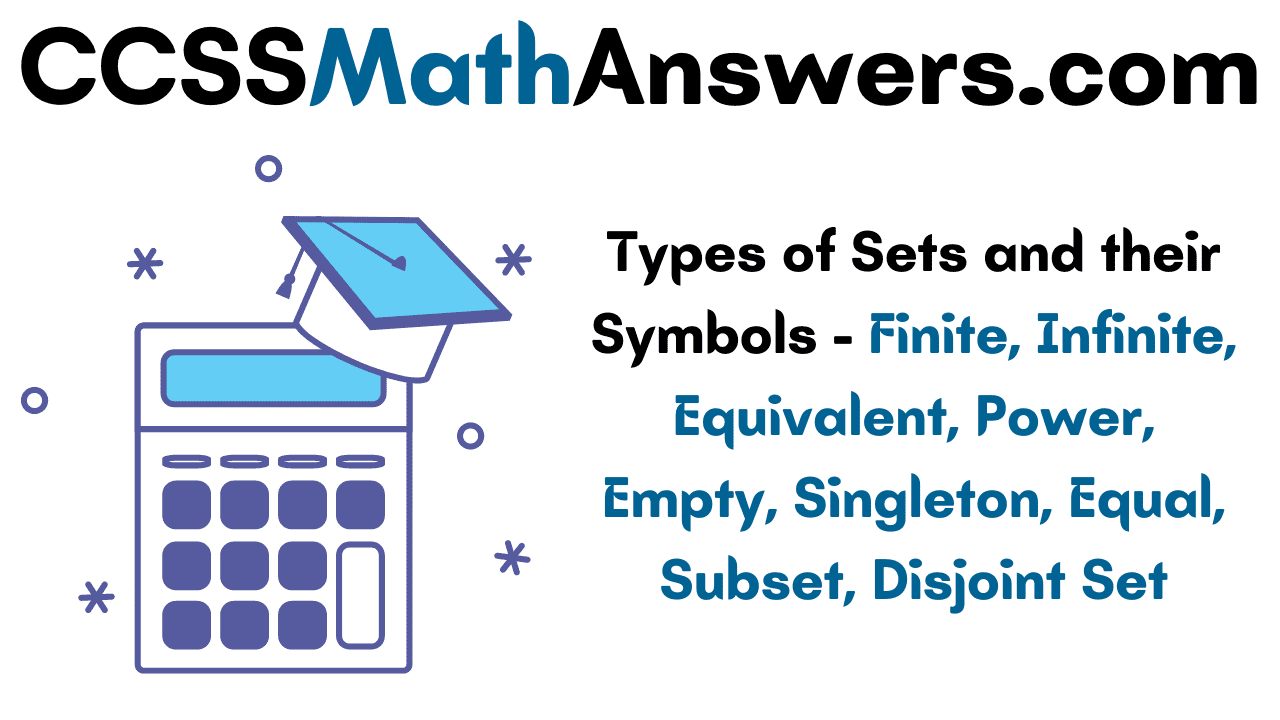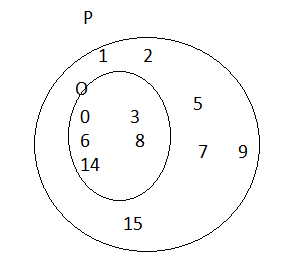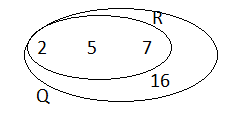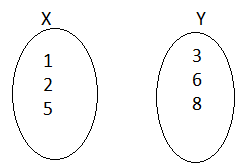Find Multiplication Tables for 1 to 100 here on this web page. Enhance your math skills by learning the Math Tables from 1 to 30. Answer any kind of math problem easily taking the help of the Multiplication Tables available. Use the Tables of One to Hundred provided below in image and tabular format. You can download them and prepare offline too and score better grades in the exams.
Also, Read:
Tables from 1 to 100
Here is the list of 100 Tables provided in tabular format. Having strong fundamentals of these Tables will aid you to solve any kind of Mathematical Problem easily and efficiently. Learn the Math Multiplication Tables from One to Hundred by referring to the below sections.
Multiplication Tables of 1 to 10
| Table of 1 | Table of 2 | Table of 3 | Table of 4 | Table of 5 | Table of 6 | Table of 7 | Table of 8 | Table of 9 | Table of 10 |
| 1 x 1 = 1 | 2 × 1 = 2 | 3 × 1 = 3 | 4 × 1 = 4 | 5 × 1 = 5 | 6 × 1 = 6 | 7 × 1 = 7 | 8 × 1 = 8 | 9 × 1 = 9 | 10 × 1 = 10 |
| 1 x 2 = 2 | 2 × 2 = 4 | 3 × 2 = 6 | 4 × 2 = 8 | 5 × 2 = 10 | 6 × 2 = 12 | 7 × 2 = 14 | 8 × 2 = 16 | 9 × 2 = 18 | 10 × 2 = 20 |
| 1 x 3 = 3 | 2 × 3 = 6 | 3 × 3 = 9 | 4 × 3 = 12 | 5 × 3 = 15 | 6 × 3 = 18 | 7 × 3 = 21 | 8 × 3 = 24 | 9 × 3 = 27 | 10 × 3 = 30 |
| 1 x 4 = 4 | 2 × 4 = 8 | 3 × 4 = 12 | 4 × 4 = 16 | 5 × 4 = 20 | 6 × 4 = 24 | 7 × 4 = 28 | 8 × 4 = 32 | 9 × 4 = 36 | 10 × 4 = 40 |
| 1 x 5 = 5 | 2 × 5 = 10 | 3 × 5 = 15 | 4 × 5 = 20 | 5 × 5 = 25 | 6 × 5 = 30 | 7 × 5 = 35 | 8 × 5 = 40 | 9 × 5 = 45 | 10 × 5 = 50 |
| 1 x 6 = 6 | 2 × 6 = 12 | 3 × 6 = 18 | 4 × 6 = 24 | 5 × 6 = 30 | 6 × 6 = 36 | 7 × 6 = 42 | 8 × 6 = 48 | 9 × 6 = 54 | 10 × 6 = 60 |
| 1 x 7 = 7 | 2 × 7 = 14 | 3 × 7 = 21 | 4 × 7 = 28 | 5 × 7 = 35 | 6 × 7 = 42 | 7 × 7 = 49 | 8 × 7 = 56 | 9 × 7 = 63 | 10 × 7 = 70 |
| 1 x 8 = 8 | 2 × 8 = 16 | 3 × 8 = 24 | 4 × 8 = 32 | 5 × 8 = 40 | 6 × 8 = 48 | 7 × 8 = 56 | 8 × 8 = 64 | 9 × 8 = 72 | 10 × 8 = 80 |
| 1 x 9 =9 | 2 × 9 = 18 | 3 × 9 = 27 | 4 × 9 = 36 | 5 × 9 = 45 | 6 × 9 = 54 | 7 × 9 = 63 | 8 × 9 = 72 | 9 × 9 = 81 | 10 × 9 = 90 |
| 1 x 10 =10 | 2 × 10 = 20 | 3 × 10 = 30 | 4 × 10 = 40 | 5 × 10 = 50 | 6 × 10 = 60 | 7 × 10 = 70 | 8 × 10 = 80 | 9 × 10 = 90 | 10 × 10 = 100 |
Multiplication Tables of 11 to 20
| Table of 11 | Table of 12 | Table of 13 | Table of 14 | Table of 15 | Table of 16 | Table of 17 | Table of 18 | Table of 19 | Table of 20 |
| 11 × 1 = 11 | 12 × 1 = 12 | 13 × 1 = 13 | 14 × 1 = 14 | 15 × 1 = 15 | 16 × 1 = 16 | 17 × 1 = 17 | 18 × 1 = 18 | 19 × 1 = 19 | 20 × 1 = 20 |
| 11 × 2 = 22 | 12 × 2 = 24 | 13 × 2 = 26 | 14 × 2 = 28 | 15 × 2 = 30 | 16 × 2 = 32 | 17 × 2 = 34 | 18 × 2 = 36 | 19 × 2 = 38 | 20 × 2 = 40 |
| 11 × 3 = 33 | 12 × 3 = 36 | 13 × 3 = 39 | 14 × 3 = 42 | 15 × 3 = 45 | 16 × 3 = 48 | 17 × 3 = 51 | 18 × 3 = 54 | 19 × 3 = 57 | 20 × 3 = 60 |
| 11 × 4 = 44 | 12 × 4 = 48 | 13 × 4 = 52 | 14 × 4 = 56 | 15 × 4 = 60 | 16 × 4 = 64 | 17 × 4 = 68 | 18 × 4 = 72 | 19 × 4 = 76 | 20 × 4 = 80 |
| 11 × 5 = 55 | 12 × 5 = 60 | 13 × 5 = 65 | 14 × 5 = 70 | 15 × 5 = 75 | 16 × 5 = 80 | 17 × 5 = 85 | 18 × 5 = 90 | 19 × 5 = 95 | 20 × 5 = 100 |
| 11 × 6 = 66 | 12 × 6 = 72 | 13 × 6 = 78 | 14 × 6 = 84 | 15 × 6 = 90 | 16 × 6 = 96 | 17 × 6 = 102 | 18 × 6 = 108 | 19 × 6 = 114 | 20 × 6 = 120 |
| 11 × 7 = 77 | 12 × 7 = 84 | 13 × 7 = 91 | 14 × 7 = 98 | 15 × 7 = 105 | 16 × 7 = 112 | 17 × 7 = 119 | 18 × 7 = 126 | 19 × 7 = 133 | 20 × 7 = 140 |
| 11 × 8 = 88 | 12 × 8 = 96 | 13 × 8 = 104 | 14 × 8 = 112 | 15 × 8 = 120 | 16 × 8 = 128 | 17 × 8 = 136 | 18 × 8 = 144 | 19 × 8 = 152 | 20 × 8 = 160 |
| 11 × 9 = 99 | 12 × 9 = 108 | 13 × 9 = 117 | 14 × 9 = 126 | 15 × 9 = 135 | 16 × 9 = 144 | 17 × 9 = 153 | 18 × 9 = 162 | 19 × 9 = 171 | 20 × 9 = 180 |
| 11 × 10 = 110 | 12 × 10 = 120 | 13 × 10 = 130 | 14 × 10 = 140 | 15 × 10 = 150 | 16 × 10 = 160 | 17 × 10 = 170 | 18 × 10 = 180 | 19 × 10 = 190 | 20 × 10 = 200 |
Multiplication Tables of 21 to 30
| Table of 21 | Table of 22 | Table of 23 | Table of 24 | Table of 25 | Table of 26 | Table of 27 | Table of 28 | Table of 29 | Table of 30 |
| 21 × 1 = 21 | 22 × 1 = 22 | 23 × 1 = 23 | 24 × 1 = 24 | 25 × 1 = 25 | 26 × 1 = 26 | 27 × 1 = 27 | 28 × 1 = 28 | 29 × 1 = 29 | 30 × 1 = 30 |
| 21 × 2 = 42 | 22 × 2 = 44 | 23 × 2 = 46 | 24 × 2 = 48 | 25 × 2 = 50 | 26 × 2 = 52 | 27 × 2 = 54 | 28 × 2 = 56 | 29 × 2 = 58 | 30 × 2 = 60 |
| 21 × 3 = 63 | 22 × 3 = 66 | 23 × 3 = 69 | 24 × 3 = 72 | 25 × 3 = 75 | 26 × 3 = 78 | 27 × 3 = 81 | 28 × 3 = 84 | 29 × 3 = 87 | 30 × 3 = 90 |
| 21 × 4 = 84 | 22 × 4 = 88 | 23 × 4 = 92 | 24 × 4 = 96 | 25 × 4 = 100 | 26 × 4 = 104 | 27 × 4 = 108 | 28 × 4 = 112 | 29 × 4 = 116 | 30 × 4 = 120 |
| 21 × 5 = 105 | 22 × 5 = 110 | 23 × 5 = 115 | 24 × 5 = 120 | 25 × 5 = 125 | 26 × 5 = 130 | 27 × 5 = 135 | 28 × 5 = 140 | 29 × 5 = 145 | 30 × 5 = 150 |
| 21 × 6 = 126 | 22 × 6 = 132 | 23 × 6 = 138 | 24 × 6 = 144 | 25 × 6 = 150 | 26 × 6 = 156 | 27 × 6 = 162 | 28 × 6 = 168 | 29 × 6 = 174 | 30 × 6 = 180 |
| 21 × 7 = 147 | 22 × 7 = 154 | 23 × 7 = 161 | 24 × 7 = 168 | 25 × 7 = 175 | 26 × 7 = 182 | 27 × 7 = 189 | 28 × 7 = 196 | 29 × 7 = 203 | 30 × 7 = 210 |
| 21 × 8 = 168 | 22 × 8 = 176 | 23 × 8 = 184 | 24 × 8 = 192 | 25 × 8 = 200 | 26 × 8 = 208 | 27 × 8 = 216 | 28 × 8 = 224 | 29 × 8 = 232 | 30 × 8 = 240 |
| 21 × 9 = 189 | 22 × 9 = 198 | 23 × 9 = 207 | 24 × 9 = 216 | 25 × 9 = 225 | 26 × 9 = 234 | 27 × 9 = 243 | 28 × 9 = 252 | 29 × 9 = 261 | 30 × 9 = 270 |
| 21 × 10 = 210 | 22 × 10 = 220 | 23 × 10 = 230 | 24 × 10 = 240 | 25 × 10 = 250 | 26 × 10 = 260 | 27 × 10 = 270 | 28 × 10 = 280 | 29 × 10 = 290 | 30 × 10 = 300 |
Multiplication Tables of 31 to 40
| Table of 31 | Table of 32 | Table of 33 | Table of 34 | Table of 35 | Table of 36 | Table of 37 | Table of 38 | Table of 39 | Table of 40 |
| 31 × 1 = 31 | 32 × 1 = 32 | 33 × 1 = 33 | 34 × 1 = 34 | 35 × 1 = 35 | 36 × 1 = 36 | 37 × 1 = 37 | 38 × 1 = 38 | 39 × 1 = 39 | 40 × 1 = 40 |
| 31 × 2 = 62 | 32 × 2 = 64 | 33 × 2 = 66 | 34 × 2 = 68 | 35 × 2 = 70 | 36 × 2 = 72 | 37 × 2 = 74 | 38 × 2 = 76 | 39 × 2 = 78 | 40 × 2 = 80 |
| 31 × 3 = 93 | 32 × 3 = 96 | 33 × 3 = 99 | 34 × 3 = 102 | 35 × 3 = 105 | 36 × 3 = 108 | 37 × 3 = 111 | 38 × 3 = 114 | 39 × 3 = 117 | 40 × 3 = 120 |
| 31 × 4 = 124 | 32 × 4 = 128 | 33 × 4 = 132 | 34 × 4 = 136 | 35 × 4 = 140 | 36 × 4 = 144 | 37 × 4 = 148 | 38 × 4 = 152 | 39 × 4 = 156 | 40 × 4 = 160 |
| 31 × 5 = 155 | 32 × 5 = 160 | 33 × 5 = 165 | 34 × 5 = 170 | 35 × 5 = 175 | 36 × 5 = 180 | 37 × 5 = 185 | 38 × 5 = 190 | 39 × 5 = 195 | 40 × 5 = 200 |
| 31 × 6 = 186 | 32 × 6 = 192 | 33 × 6 = 198 | 34 × 6 = 204 | 35 × 6 = 210 | 36 × 6 = 216 | 37 × 6 = 222 | 38 × 6 = 228 | 39 × 6 = 234 | 40 × 6 = 240 |
| 31 × 7 = 217 | 32 × 7 = 224 | 33 × 7 = 231 | 34 × 7 = 238 | 35 × 7 = 245 | 36 × 7 = 252 | 37 × 7 = 189 | 38 × 7 = 266 | 39 × 7 = 273 | 40 × 7 = 280 |
| 31 × 8 = 248 | 32 × 8 = 256 | 33 × 8 = 264 | 34 × 8 = 272 | 35 × 8 = 280 | 36 × 8 = 288 | 37 × 8 =296 | 38 × 8 = 304 | 39 × 8 = 312 | 40 × 8 = 320 |
| 31 × 9 = 279 | 32 × 9 = 288 | 33 × 9 = 297 | 34 × 9 = 306 | 35 × 9 = 315 | 36 × 9 = 324 | 37 × 9 = 333 | 38 × 9 = 342 | 39 × 9 = 351 | 40 × 9 = 360 |
| 31 × 10 = 310 | 32 × 10 = 320 | 33 × 10 = 330 | 34 × 10 = 340 | 35 × 10 = 350 | 36 × 10 = 360 | 37 × 10 = 370 | 38 × 10 = 380 | 39 × 10 = 390 | 40 × 10 = 400 |
Multiplication Tables of 41 to 50
| Table of 41 | Table of 42 | Table of 43 | Table of 44 | Table of 45 | Table of 46 | Table of 47 | Table of 48 | Table of 49 | Table of 50 |
| 41×1=41 | 42×1=42 | 43×1=43 | 44×1=44 | 45×1=45 | 46×1=46 | 47×1=47 | 48×1=48 | 49×1=49 | 50×1=50 |
| 41×2=82 | 42×2=84 | 43×2=86 | 44×2=88 | 45×2=90 | 46×2=92 | 47×2=94 | 48×2=96 | 49×2=98 | 50×2=100 |
| 41×3=123 | 42×3=126 | 43×3=129 | 44×3=132 | 45×3=135 | 46×3=138 | 47×3=141 | 48×3=144 | 49×3=147 | 50×3=150 |
| 41×4=164 | 42×4=168 | 43×4=172 | 44×4=176 | 45×4=180 | 46×4=184 | 47×4=188 | 48×4=192 | 49×4=196 | 50×4=200 |
| 41×5=205 | 42×5=210 | 43×5=215 | 44×5=220 | 45×5=225 | 46×5=230 | 47×5=235 | 48×5=240 | 49×5=245 | 50×5=250 |
| 41×6=246 | 42×6=252 | 43×6=258 | 44×6=264 | 45×6=270 | 46×6=276 | 47×6=282 | 48×6=288 | 49×6=294 | 50×6=300 |
| 41×7=287 | 42×7=294 | 43×7=301 | 44×7=308 | 45×7=315 | 46×7=322 | 47×7=329 | 48×7=336 | 49×7=343 | 50×7=350 |
| 41×8=328 | 42×8=336 | 43×8=344 | 44×8=352 | 45×8=360 | 46×8=368 | 47×8=376 | 48×8=384 | 49×8=392 | 50×8=400 |
| 41×9=369 | 42×9=378 | 43×9=387 | 44×9=396 | 45×9=405 | 46×9=414 | 47×9=423 | 48×9=432 | 49×9=441 | 50×9=450 |
| 41×10=410 | 42×10=420 | 43×10=430 | 44×10=440 | 45×10=450 | 46×10=460 | 47×10=470 | 48×10=480 | 49×10=490 | 50×10=500 |
Multiplication Tables of 51 to 60
| Table of 51 | Table of 52 | Table of 53 | Table of 54 | Table of 55 | Table of 56 | Table of 57 | Table of 58 | Table of 59 | Table of 60 |
| 51×1=51 | 52×1=52 | 53×1=53 | 54×1=54 | 55×1=55 | 56×1=56 | 57×1=57 | 58×1=58 | 59×1=59 | 60×1=60 |
| 51×2=102 | 52×2=104 | 53×2=106 | 54×2=108 | 55×2=110 | 56×2=112 | 57×2=114 | 58×2=116 | 59×2=118 | 60×2=120 |
| 51×3=153 | 52×3=156 | 53×3=159 | 54×3=162 | 55×3=165 | 56×3=168 | 57×3=171 | 58×3=174 | 59×3=177 | 60×3=180 |
| 51×4=204 | 52×4=208 | 53×4=212 | 54×4=216 | 55×4=220 | 56×4=224 | 57×4=228 | 58×4=232 | 59×4=236 | 60×4=240 |
| 51×5=255 | 52×5=260 | 53×5=265 | 54×5=270 | 55×5=275 | 56×5=280 | 57×5=285 | 58×5=290 | 59×5=295 | 60×5=300 |
| 51×6=306 | 52×6=312 | 53×6=318 | 54×6=324 | 55×6=330 | 56×6=336 | 57×6=342 | 58×6=348 | 59×6=354 | 60×6=360 |
| 51×7=357 | 52×7=364 | 53×7=371 | 54×7=378 | 55×7=385 | 56×7=392 | 57×7=399 | 58×7=406 | 59×7=413 | 60×7=420 |
| 51×8=408 | 52×8=416 | 53×8=424 | 54×8=432 | 55×8=440 | 56×8=448 | 57×8=456 | 58×8=464 | 59×8=472 | 60×8=480 |
| 51×9=459 | 52×9=468 | 53×9=477 | 54×9=486 | 55×9=495 | 56×9=504 | 57×9=513 | 58×9=522 | 59×9=531 | 60×9=540 |
| 51×10=510 | 52×10=520 | 53×10=530 | 54×10=540 | 55×10=550 | 56×10=560 | 57×10=570 | 58×10=580 | 59×10=590 | 60×10=600 |
Multiplication Tables of 61 to 70
| Table of 61 | Table of 62 | Table of 63 | Table of 64 | Table of 65 | Table of 66 | Table of 67 | Table of 68 | Table of 69 | Table of 70 |
| 61×1=61 | 62×1=62 | 63×1=63 | 64×1=64 | 65×1=65 | 66×1=66 | 67×1=67 | 68×1=68 | 69×1=69 | 70×1=70 |
| 61×2=102 | 62×2=124 | 63×2=106 | 64×2=128 | 65×2=130 | 66×2=132 | 67×2=134 | 68×2=136 | 69×2=138 | 70×2=140 |
| 61×3=183 | 62×3=186 | 63×3=189 | 64×3=192 | 65×3=195 | 66×3=198 | 67×3=201 | 68×3=204 | 69×3=207 | 70×3=210 |
| 61×4=244 | 62×4=248 | 63×4=252 | 64×4=256 | 65×4=260 | 66×4=264 | 67×4=268 | 68×4=272 | 69×4=276 | 70×4=280 |
| 61×5=305 | 62×5=310 | 63×5=315 | 64×5=320 | 65×5=325 | 66×5=330 | 67×5=335 | 68×5=340 | 69×5=345 | 70×5=350 |
| 61×6=366 | 62×6=372 | 63×6=378 | 64×6=384 | 65×6=390 | 66×6=396 | 67×6=402 | 68×6=408 | 69×6=414 | 70×6=420 |
| 61×7=427 | 62×7=434 | 63×7=441 | 64×7=448 | 65×7=455 | 66×7=462 | 67×7=469 | 68×7=476 | 69×7=483 | 70×7=490 |
| 61×8=488 | 62×8=496 | 63×8=504 | 64×8=512 | 65×8=520 | 66×8=528 | 67×8=536 | 68×8=544 | 69×8=552 | 70×8=560 |
| 61×9=549 | 62×9=558 | 63×9=567 | 64×9=576 | 65×9=585 | 66×9=594 | 67×9=603 | 68×9=612 | 69×9=621 | 70×9=630 |
| 61×10=610 | 62×10=620 | 63×10=630 | 64×10=640 | 65×10=650 | 66×10=660 | 67×10=670 | 68×10=680 | 69×10=690 | 70×10=700 |
Multiplication Tables of 71 to 80
| Table of 71 | Table of 72 | Table of 73 | Table of 74 | Table of 75 | Table of 76 | Table of 77 | Table of 78 | Table of 79 | Table of 80 |
| 71×1=71 | 72×1=72 | 73×1=73 | 74×1=74 | 75×1=75 | 76×1=76 | 77×1=77 | 78×1=78 | 79×1=79 | 80×1=80 |
| 71×2=142 | 72×2=144 | 73×2=146 | 74×2=148 | 75×2=150 | 76×2=152 | 77×2=154 | 78×2=156 | 79×2=158 | 80×2=160 |
| 71×3=213 | 72×3=216 | 73×3=219 | 74×3=222 | 75×3=225 | 76×3=228 | 77×3=231 | 78×3=234 | 79×3=237 | 80×3=240 |
| 71×4=284 | 72×4=288 | 73×4=292 | 74×4=296 | 75×4=300 | 76×4=304 | 77×4=308 | 78×4=312 | 79×4=316 | 80×4=320 |
| 71×5=355 | 72×5=360 | 73×5=365 | 74×5=370 | 75×5=375 | 76×5=380 | 77×5=385 | 78×5=390 | 79×5=395 | 80×5=400 |
| 71×6=426 | 72×6=432 | 73×6=438 | 74×6=444 | 75×6=450 | 76×6=456 | 77×6=462 | 78×6=468 | 79×6=474 | 80×6=480 |
| 71×7=497 | 72×7=504 | 73×7=511 | 74×7=518 | 75×7=525 | 76×7=532 | 77×7=539 | 78×7=546 | 79×7=553 | 80×7=560 |
| 71×8=568 | 72×8=576 | 73×8=584 | 74×8=592 | 75×8=600 | 76×8=608 | 77×8=616 | 78×8=624 | 79×8=632 | 80×8=640 |
| 71×9=639 | 72×9=648 | 73×9=657 | 74×9=666 | 75×9=675 | 76×9=684 | 77×9=693 | 78×9=702 | 79×9=711 | 80×9=720 |
| 71×10=710 | 72×10=720 | 73×10=730 | 74×10=740 | 75×10=750 | 76×10=760 | 77×10=770 | 78×10=780 | 79×10=790 | 80×10=800 |
Multiplication Tables of 81 to 90
| Table of 81 | Table of 82 | Table of 83 | Table of 84 | Table of 85 | Table of 86 | Table of 87 | Table of 88 | Table of 89 | Table of 90 |
| 81×1=81 | 82×1=82 | 83×1=83 | 84×1=84 | 85×1=85 | 86×1=86 | 87×1=87 | 88×1=78 | 89×1=89 | 90×1=90 |
| 81×2=162 | 82×2=164 | 83×2=166 | 84×2=168 | 85×2=170 | 86×2=172 | 87×2=174 | 88×2=156 | 89×2=178 | 90×2=180 |
| 81×3=243 | 82×3=246 | 83×3=249 | 84×3=252 | 85×3=255 | 86×3=258 | 87×3=261 | 88×3=234 | 89×3=267 | 90×3=270 |
| 81×4=324 | 82×4=328 | 83×4=332 | 84×4=336 | 85×4=340 | 86×4=344 | 87×4=348 | 88×4=312 | 89×4=356 | 90×4=360 |
| 81×5=405 | 82×5=410 | 83×5=415 | 84×5=420 | 85×5=425 | 86×5=430 | 87×5=435 | 88×5=390 | 89×5=445 | 90×5=450 |
| 81×6=486 | 82×6=492 | 83×6=498 | 84×6=504 | 85×6=510 | 86×6=516 | 87×6=522 | 88×6=468 | 89×6=534 | 90×6=540 |
| 81×7=567 | 82×7=574 | 83×7=581 | 84×7=588 | 85×7=595 | 86×7=602 | 87×7=609 | 88×7=546 | 89×7=623 | 90×7=630 |
| 81×8=648 | 82×8=656 | 83×8=664 | 84×8=672 | 85×8=680 | 86×8=688 | 87×8=696 | 88×8=624 | 89×8=712 | 90×8=720 |
| 81×9=729 | 82×9=738 | 83×9=747 | 84×9=756 | 85×9=765 | 86×9=774 | 87×9=783 | 88×9=702 | 89×9=801 | 90×9=810 |
| 81×10=810 | 82×10=820 | 83×10=830 | 84×10=840 | 85×10=850 | 86×10=860 | 87×10=870 | 88×10=780 | 89×10=890 | 90×10=900 |
Multiplication Tables of 91 to 100
| Table of 91 | Table of 92 | Table of 93 | Table of 94 | Table of 95 | Table of 96 | Table of 97 | Table of 98 | Table of 99 | Table of 100 |
| 91×1=91 | 92×1=92 | 93×1=93 | 94×1=94 | 95×1=95 | 96×1=96 | 97×1=97 | 98×1=98 | 99×1=99 | 100×1=100 |
| 91×2=182 | 92×2=184 | 93×2=186 | 94×2=188 | 95×2=190 | 96×2=192 | 97×2=194 | 98×2=196 | 99×2=198 | 100×2=200 |
| 91×3=273 | 92×3=276 | 93×3=279 | 94×3=282 | 95×3=285 | 96×3=288 | 97×3=291 | 98×3=294 | 99×3=297 | 100×3=300 |
| 91×4=364 | 92×4=368 | 93×4=372 | 94×4=376 | 95×4=380 | 96×4=384 | 97×4=388 | 98×4=392 | 99×4=396 | 100×4=400 |
| 91×5=455 | 92×5=460 | 93×5=465 | 94×5=470 | 95×5=475 | 96×5=480 | 97×5=485 | 98×5=490 | 99×5=495 | 100×5=500 |
| 91×6=546 | 92×6=552 | 93×6=558 | 94×6=564 | 95×6=570 | 96×6=576 | 97×6=582 | 98×6=588 | 99×6=594 | 100×6=600 |
| 91×7=637 | 92×7=644 | 93×7=651 | 94×7=658 | 95×7=665 | 96×7=672 | 97×7=679 | 98×7=686 | 99×7=693 | 100×7=700 |
| 91×8=728 | 92×8=736 | 93×8=744 | 94×8=752 | 95×8=760 | 96×8=768 | 97×8=776 | 98×8=784 | 99×8=792 | 100×8=800 |
| 91×9=819 | 92×9=828 | 93×9=837 | 94×9=846 | 95×9=855 | 96×9=864 | 97×9=873 | 98×9=882 | 99×9=891 | 100×9=900 |
| 91×10=910 | 92×10=920 | 93×10=930 | 94×10=940 | 95×10=950 | 96×10=960 | 97×10=970 | 98×10=980 | 99×10=990 | 100×10=1000 |
Importance of Math Tables 1 to 100
Here is the significance of why you should learn the Math Times Tables for 1-100 and how they can aid you in your problem-solving. They are as follows
- Memorizing the Multiplication Tables from 1-30 helps you to learn the rest of the tables easily.
- You can solve all kinds of arithmetic operations such as Addition, Subtraction, Multiplication, and Division in a matter of seconds.
- Learning Multiplication Tables from 1-100 not just help you to do math problems easily but faster too.
- Knowing these Times Tables 1-100 by heart you can score good marks in your exams.
1 to 100 Tables Chart
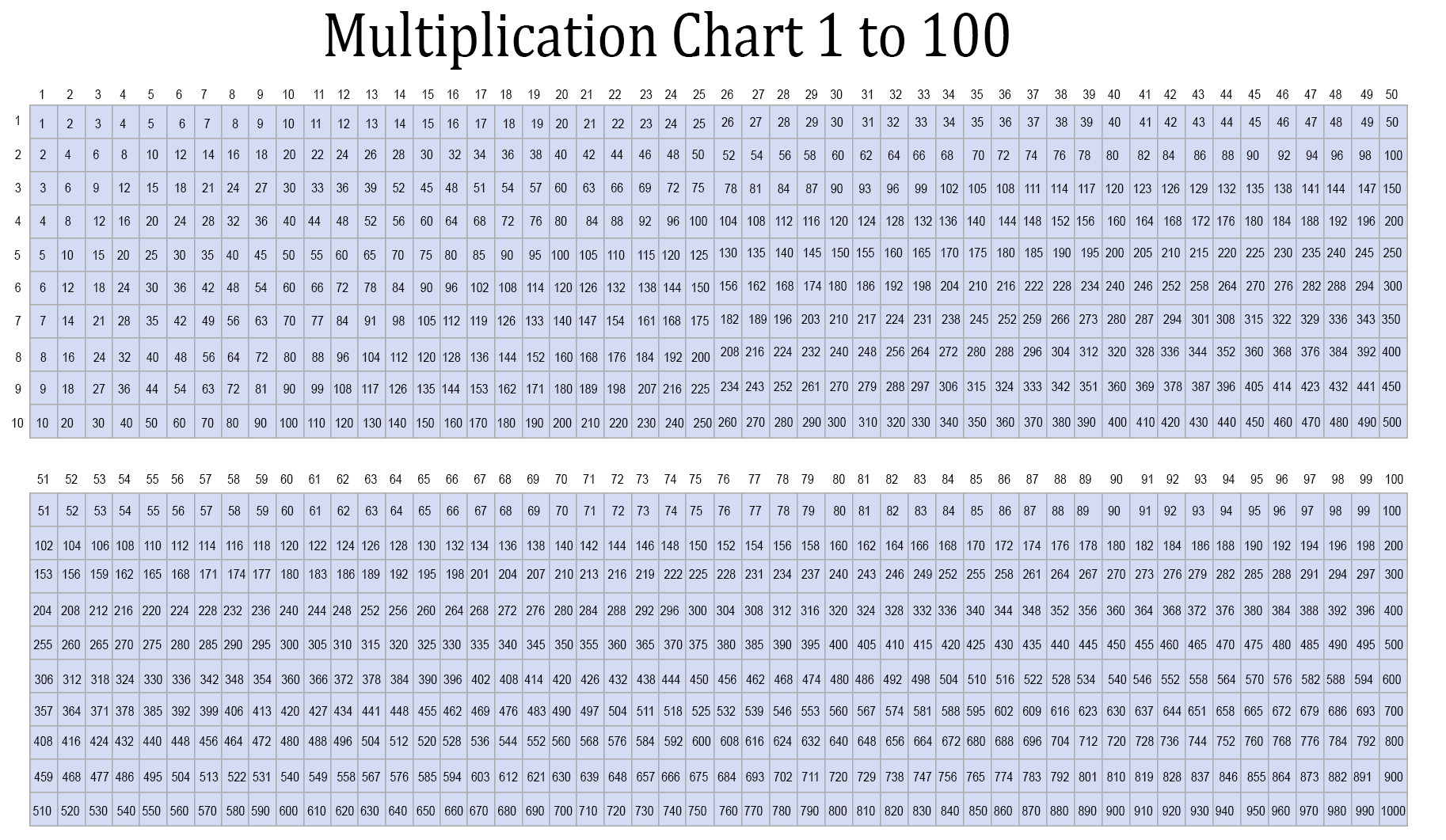
Tables from 1 to 25 in PDF’s
Check out the quick links available below in PDF Format to access the respective table and get a good hold of it. Simply click on the links present and learn the relevant table easily. They are provided both in tabular format and image format for your convenience so that it is easy for you to learn the Math Multiplication Tables.
FAQs on 1 to 100 Multiplication Tables
1. How can I Learn Math Tables easily and fast?
Follow the simple hacks provided below to learn the Multiplication Tables easily and fastly. They are along the lines
- Start from easier tables and work on them regularly.
- Learn the tips & tricks so that you can memorize the Math Tables much easier.
- Drill as much you can and try to learn them by heart.
2. Why is it important to memorize the 1-100 Tables?
It is important to memorize the Tables so that they will develop the ability to learn the rest of the tables easily. They can enhance both their math skills and problem-solving abilities. In fact, memorizing the Multiplication Times Table helps them to perform any kind of calculation much simply and fastly.
3. Using the tables from 1 to 100, find the value of 5 plus 15 times 3 minus 15 times 6?
From Table of 15, we know 15 times 3 is 45 and 15 times 6 is 90
Writing it in statement form we get 5+15 times 3+15 times 6
= 5+45+90
= 140
